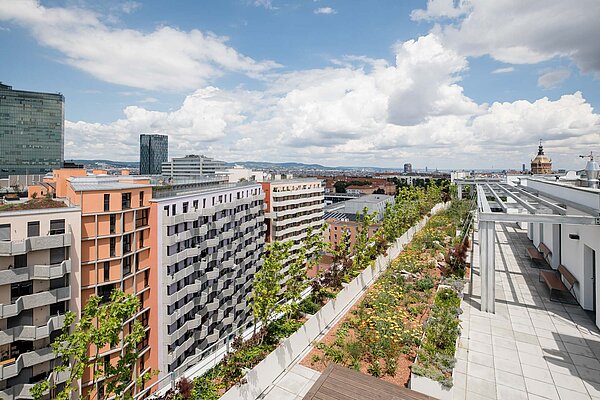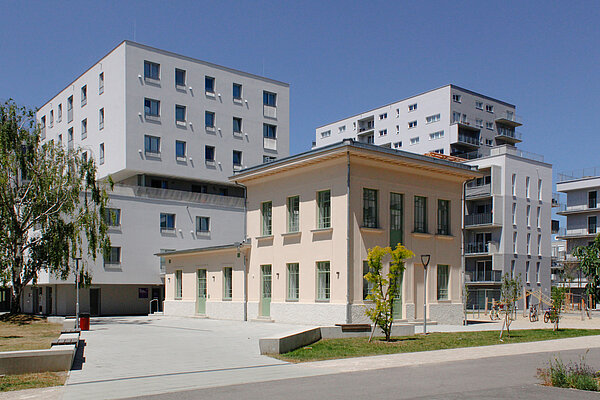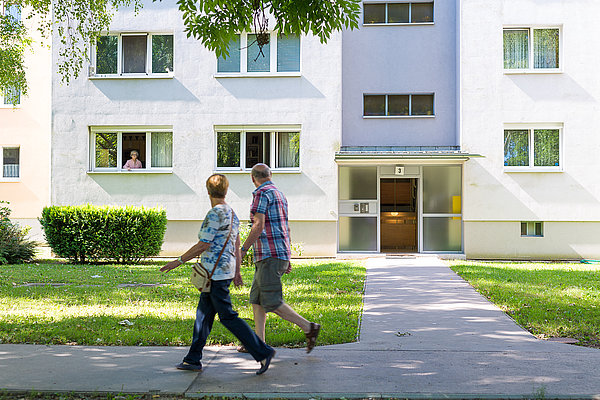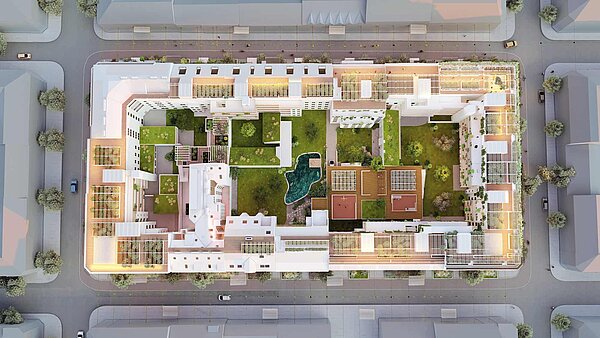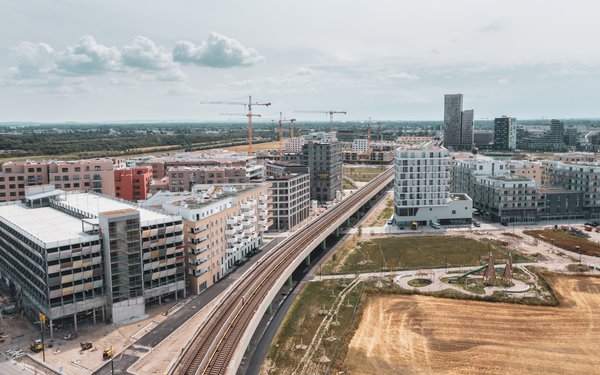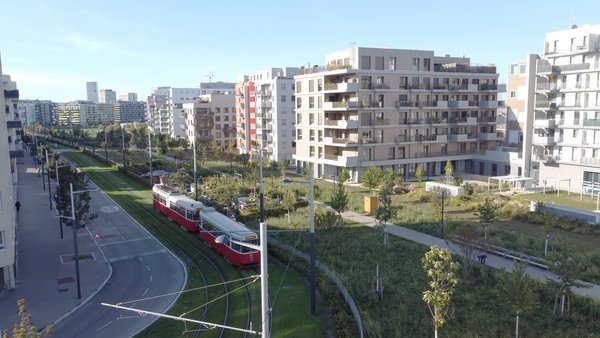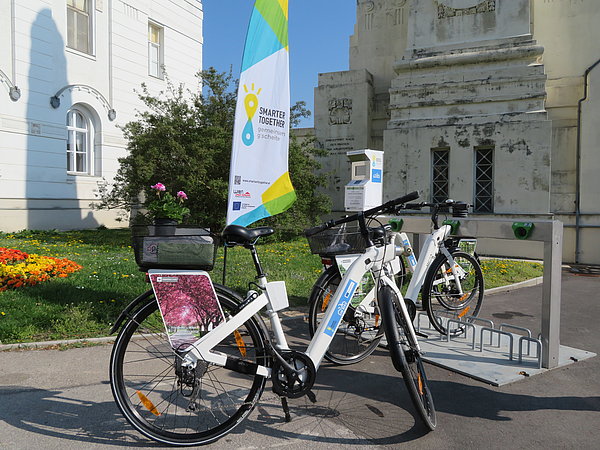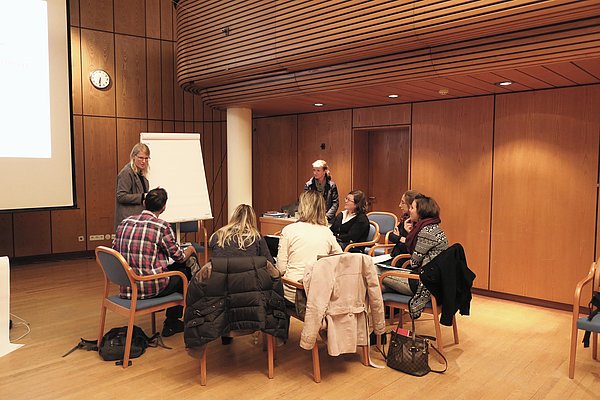Neighborhood development
Neighborhoods – in Viennese called: Grätzel – form the framework for social interaction in a city. They are the place where neighborship is lived, in public as well as in private spaces. Developing a neighborhood is therefore a task that is as beautiful as it is demanding, and one that is all the more manageable with an increasing number of productively participating actors.
It is crucial to start communication at a very early stage so that planning and communication do not bypass each other. The coordination of this attunement is one of the core tasks of the IBA_Vienna, because all aspects of new social housing come together in the development of the neighborhood: affordable housing, spaces for work and production, lively and mixed ground floors, climate-friendly green spaces, environmentally-friendly mobility.
It makes a difference whether children can walk to school, whether you can sit on a bench with your neighbor while shopping, whether a dressmaker can rent a small room in the neighboring house, whether young people can find meeting places in public spaces. Streets, paths, squares and green spaces are social and socializing living spaces which at the same time form the functional development framework of an urban neighborhood. Last but not least, neighborhoods also provide the opportunity to implement new energy supply concepts. The insight gained from the projects and processes of the IBA_Vienna forms a clear message: If the neighborhood development succeeds, the overarching goal is mostly met.
Examples in the IBA ...
… and beyond
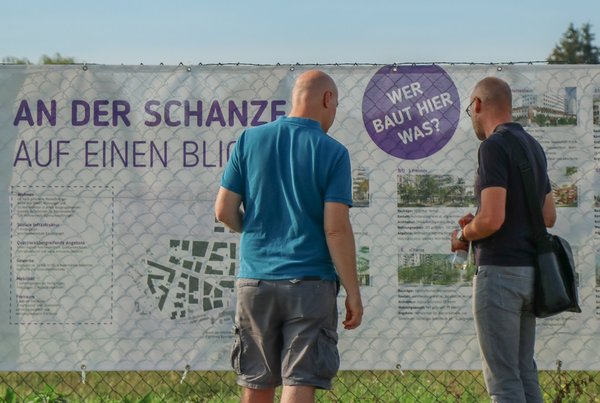
More Innovations & Projects
Many concrete innovations and projects go beyond the period of the IBA_Vienna and represent important impulses for the further development of the mentioned thematic field.Click on the arrow above the image to learn more!
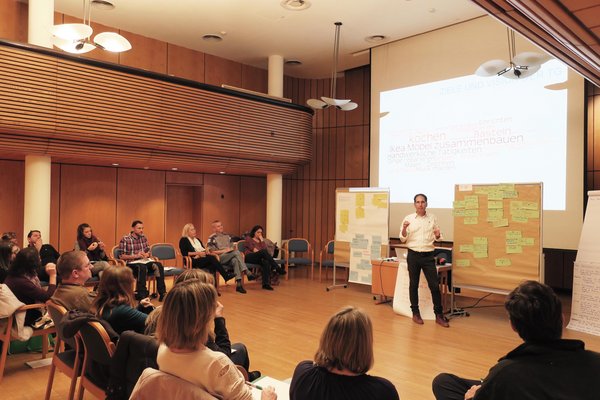
Cross-building use
For the development of a new neigh- borhood, it is important to connect residents across building sites to revitalize the neighborhood.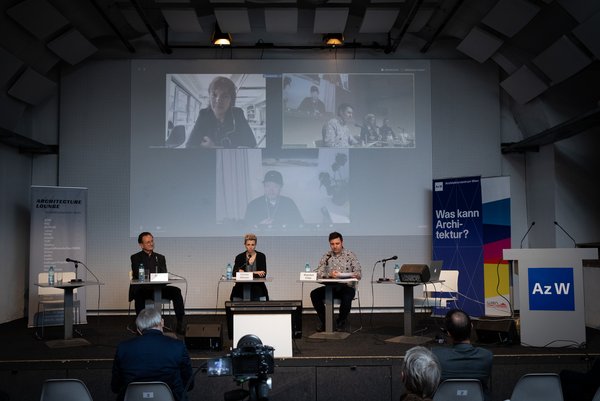
We are Neighborhood!
We are Neighborhood! Urban Development in the Climate Crisis. was published as part of the contributions to IBA_Vienna (volume 23).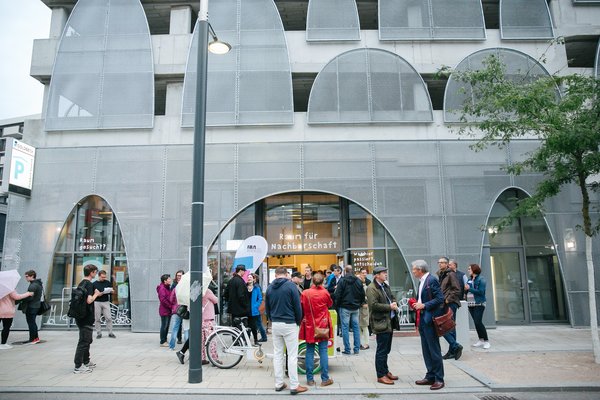
NEW Garage Concepts
Elevated garages offer the possibility of diverse use and, above all, of conversion at a later date.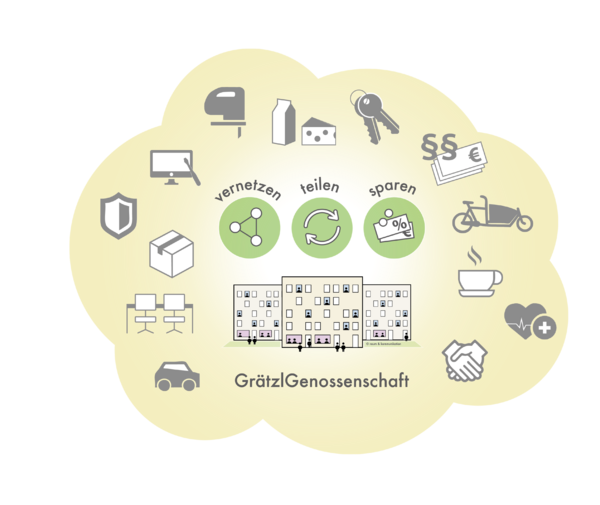
Network - Share - Save
The question of acceptance and willingness to participate in a cooperative is the focus of the contribution to IBA_Vienna (Volume 21).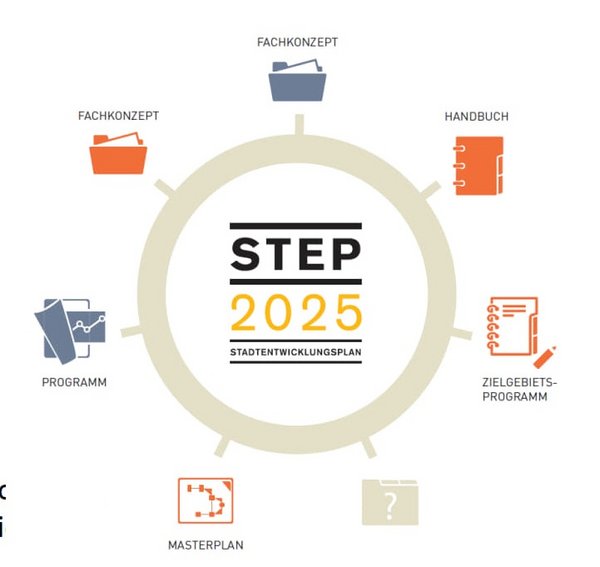
Specialist concepts for the STEP25
The Urban Development Plan (Stadtentwicklungsplan, STEP) provides guidelines for the development of Vienna up until about 2025.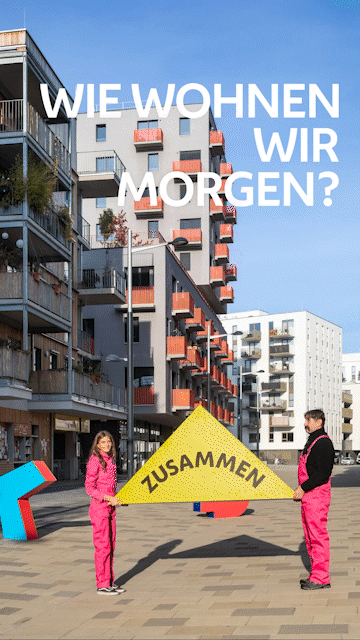
![[Translate to English:] Berresgasse Übersichtsplan © C. Fürthner](/fileadmin/_processed_/0/0/csm_Berresgasse_UEbersichtsplan_c_C.Fuerthner_klein_6e361acdda.jpg)
